 Electromagnetic Parking Sensor Invisible | Proxel Electromagnetic Parking Sensor invisible EPS | no holes on the bumper
Electromagnetic Parking Sensor Invisible | Proxel Electromagnetic Parking Sensor invisible EPS | no holes on the bumper  Electromagnetic Parking Sensor Invisible | Proxel Electromagnetic Parking Sensor invisible EPS | no holes on the bumper
Electromagnetic Parking Sensor Invisible | Proxel Electromagnetic Parking Sensor invisible EPS | no holes on the bumper Here, we outline the differences between two parking sensor technologies available in the market: EPS® parking sensors and ultrasonic capsule sensors.
| EPS® by PROXEL | ULTRASONIC SYSTEM | |
Sensors | 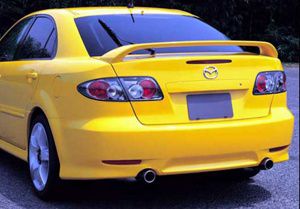 No external aesthetic modification is required for installation. The antenna sensor is discreetly positioned inside the bumper, preserving the vehicle's original appearance. | 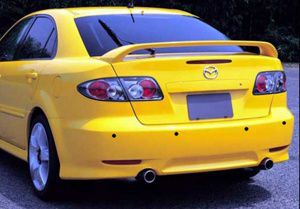 Ultrasonic capsules are easily visible externally and can be susceptible to damage, compromising both the vehicle's appearance and their integrity. |
Obstacle | 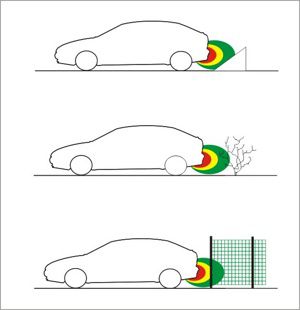 EPS® parking sensor technology enables precise detection of obstacles of varied shapes, ensuring complete and accurate coverage. | 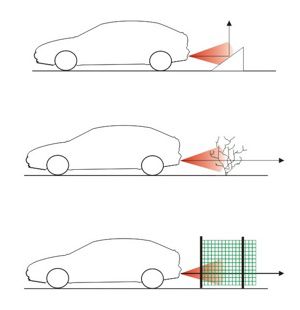 These sensors may struggle to detect inclined or less reflective surfaces such as bushes or metal meshes. |
Distance | 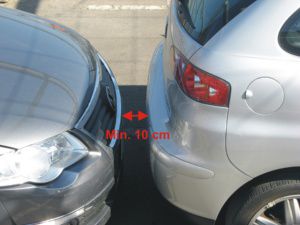 These sensors allow approaching obstacles within a few centimeters, offering exceptional precision in parking maneuvers. |  Ultrasonic systems face limitations in detecting distances shorter than 30-40 cm, reducing accuracy in close-range maneuvers. |
Protection zone | 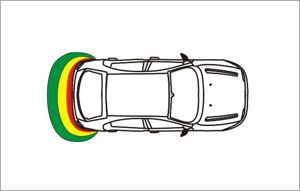 The EPS® parking sensor ensures uniform protection along the entire bumper length, eliminating blind spots and discontinuities. | 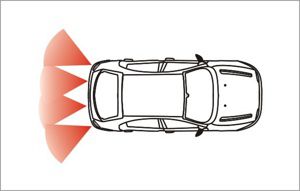 Ultrasonic sensors do not guarantee complete coverage of the bumper length, presenting unnotifiable dead zones that can compromise safety during parking maneuvers. |